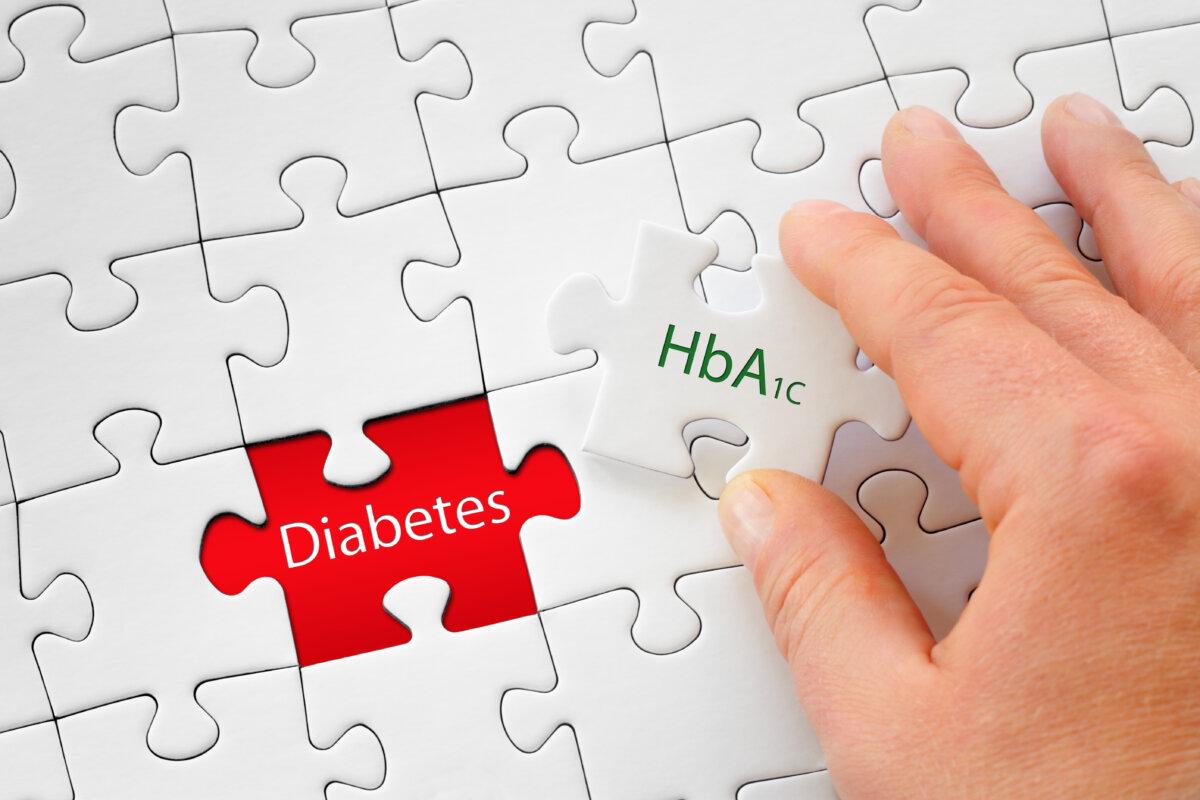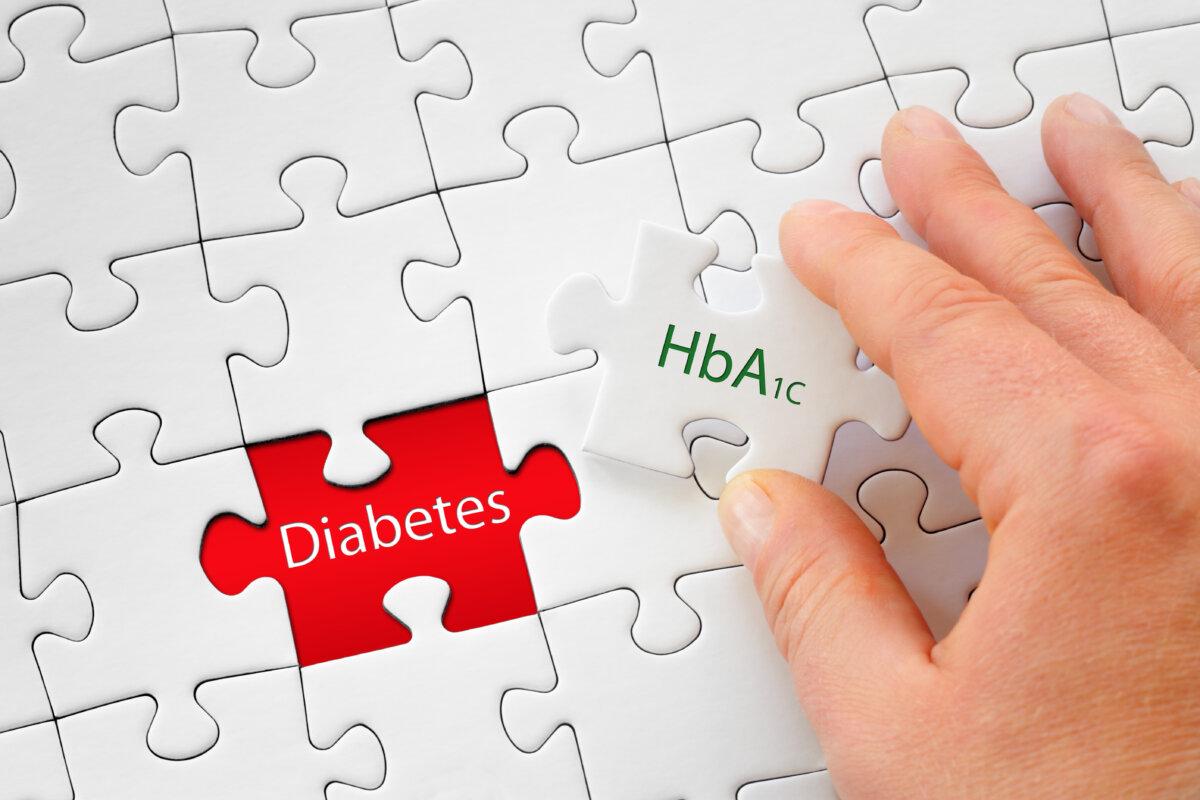Continuous glucose measurement has shown that for the same average blood sugar, the hemoglobin of different individuals can be glycated differently. The clinical implications of this finding are not yet fully clear.

fovito/AdobeStock:
Glycated hemoglobin (HbA:1c:) has been used for many years to diagnose diabetes as well as to monitor the quality of therapy. Compared to fasting glucose determination, it has the advantage of reflecting longer-term glycemic control. However, in continuous glucose monitoring (CGM), HbA also has disadvantages1c: is displayed. In particular, it does not always correlate with blood sugar levels with the same precision in all people. “We've known since the 1980s that anemia, hemoglobinopathies, kidney failure, and many other conditions affect HbA.1c: they have,” says prof. Earl Hirsch of the University of Washington Diabetes Institute. The relationship between CGM-assisted mean blood sugar and HbA was determined in 2008 as part of the ADAG study.1c: determined. What was remarkable was the large statistical variation, says Hirsch, who also points out that this observation has been confirmed in many other studies, and that people with conditions such as anemia or kidney failure were excluded from those studies.1: Hirsch:1c: have”.
This may include the erythrocyte survival time, which has varied by about 50% between about 40 and 60 days in studies of non-anemic subjects.2: Therefore, the term “estimated HbA” was used1c:Associated with the CGM and replaced by the Glucose Management Indicator (GMI).3: Deviation of measured HbA1c: varies from person to person and can be significant. In a group of more than 600 patients, half had HbA1c: and GMI were more than half a percent apart, and at 22% it was even a full percent.4:

